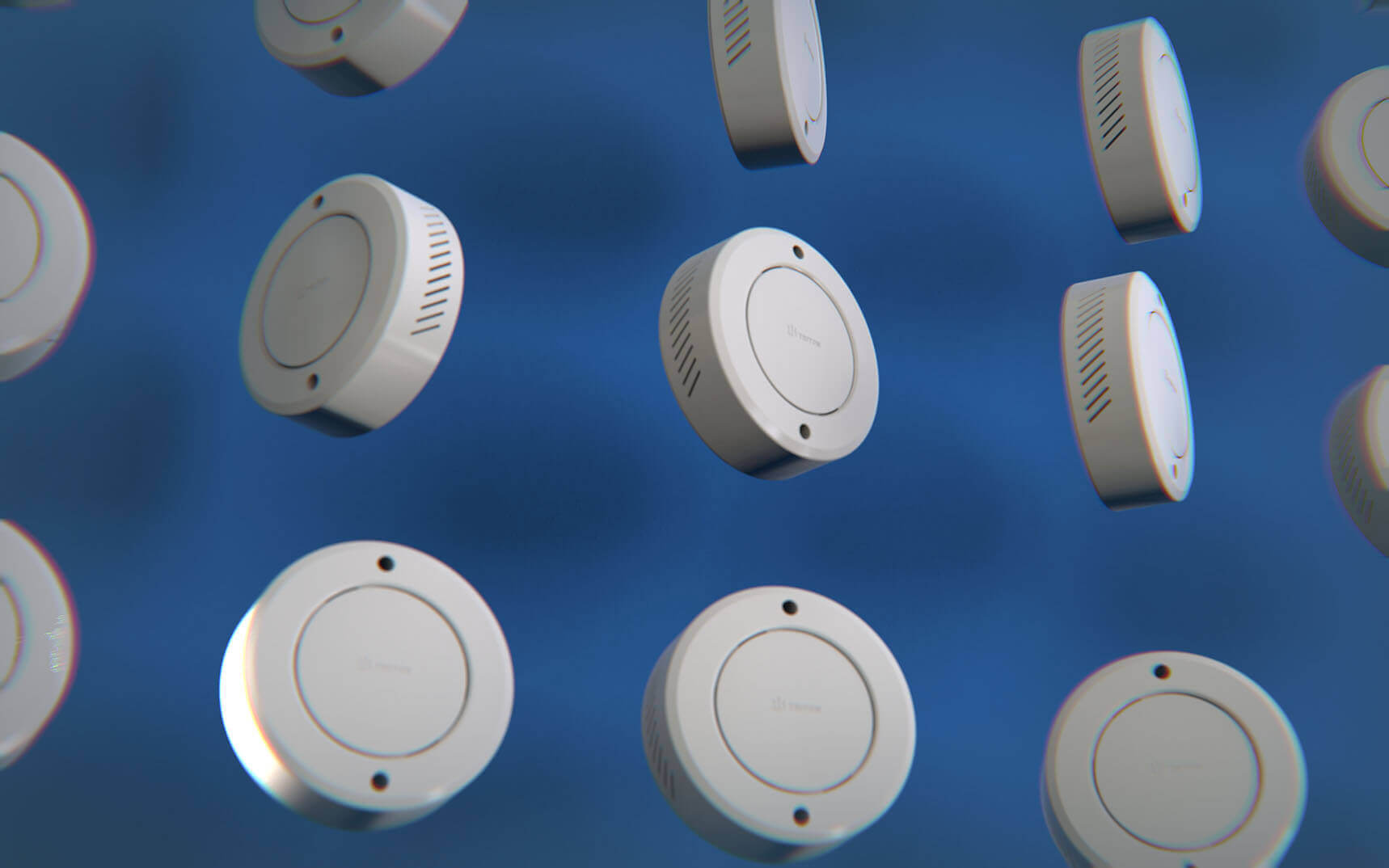Vaping used to be a major issue at schools. Students slipped into bathrooms between classes, where the flavored nicotine and THC vapors left no trace. Teachers and administrators felt powerless until districts began turning to a new line of defense: the vape detector.

Schools across the nation are reporting major success stories showing how innovative technology can be in the fight against the smoking epidemic.
A Case Study: Cutting Vaping by 83% in 10 Weeks
Luling Independent School District experienced a serious problem with vaping. Despite repeated warnings, and more stringent regulations, students were still able to vape in locker and bathroom rooms. Smoke alarms aren’t useful to detect vapor and staff members can’t be everywhere all at once.
As a test to test the vape detectors on schools in March. The results were impressive. In just five short weeks, vaping incidents had decreased substantially. After ten weeks, vaping activity had fallen by an impressive 83%.
Administrators noticed a difference beyond the numbers. Teachers reported less disruptions and students were able to comprehend that smoking vapes will not be a secret.
Match Charter School Experiences resemble Success
Match Charter Schools also has an excellent example. High and middle school students were using vapes during the time. They set up smoking alarms on vapes in the month of August and saw immediate outcomes.
Administrators announced that weekly incidents of vaping decreased by 80% in December. Parents thanked the school for taking concrete actions to safeguard children. Teachers also observed a decrease in hallway loitering and the crowded bathrooms.
The two districts are a part of the growing pattern: schools that are embracing vape detection have seen tangible improvement in behavior as well as overall safety.
What makes vape detectors effective?
The key to these results is in the technology. Modern vape detectors don’t just detect vapors, but also monitors air quality as well as monitors occupancy and sends alerts in real time to the staff. Administrators do not have to rely on guesswork or reports that are made up of data that was gathered after the fact.
The detectors were designed to ensure your privacy. No cameras. No audio recording. Only precise, instant data that helps schools act quickly without violating student rights.
This combination of efficacy and compliance make vape detectors among the most practical safety tools schools can adopt now.
Safety nets for Vaping and Beyond
A lot of administrators are aware that detectors extend beyond vaping prevention. Advanced systems detect loud noises and the use of keywords in connection with emergencies. They even detect vandalism.
In the event that, for example, someone begins to hang out in a toilet, the detector will flag an unusual level of occupancy. If a person shouts a distress keyword like “help,” staff can be immediately alerted. In this manner, school vape detectors become part of a larger safety program that tackles both health hazards and the possibility of violence.
The reasons why parents and boards support Vape Detectors
Transparency brings with it a trustworthiness that is often not considered. The use of detectors in schools can provide reports that show clearly the patterns of smoking. These reports are available to community groups, school boards, and parents to demonstrate that actionable steps are being implemented.
Parents are receptive, particularly when they get tangible outcomes. Vape smoke detectors aren’t just catching students it’s helping to protect their health, and reinforces the message that vaping has no place in schools.
The Recommendation: A Proven Path to Take
For a long time, vaping seemed like an invisible battle that schools weren’t able to win. Research from across the nation show that this is not true. Administrators can detect risks and deter risky behavior by using a real-time vape detector. This provides a safer environment for students.
Vaping is still a concern, but it is changing. Vape detection technology isn’t only an answer to problems, it’s also an opportunity for schools to take the lead in creating an environment that is healthier for their students.
Conclusion
From Texas from Texas to Massachusetts, schools are proving that technology works. Vape detectors of today do more than sound an alarm. It transforms behavior, builds trust, and can provide a lasting solution to one of today’s most pressing problems for health of students. Vape detectors have become a norm in any school which is concerned about security.